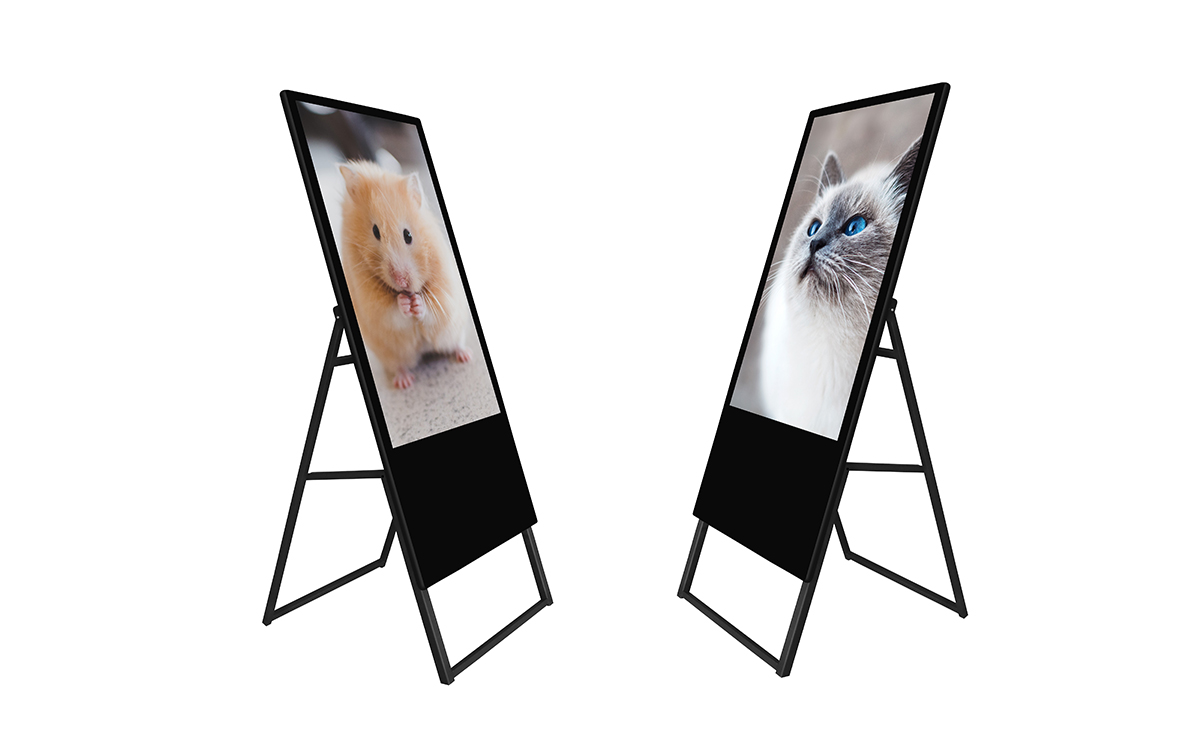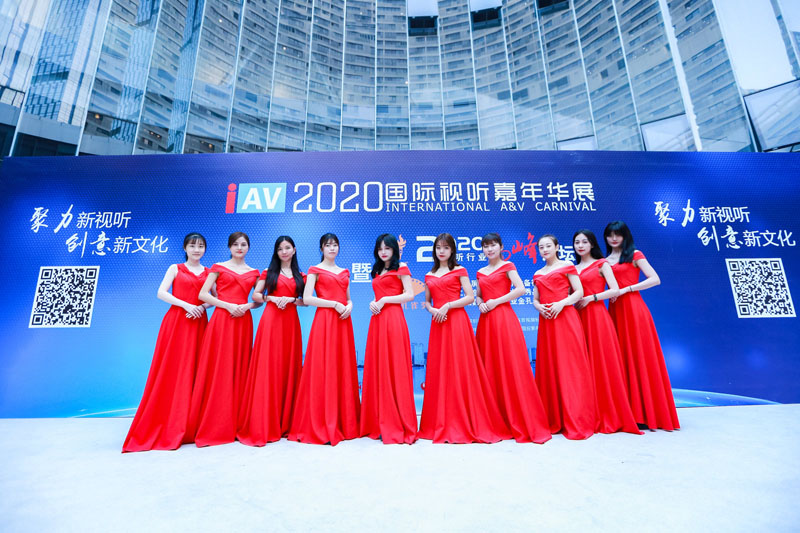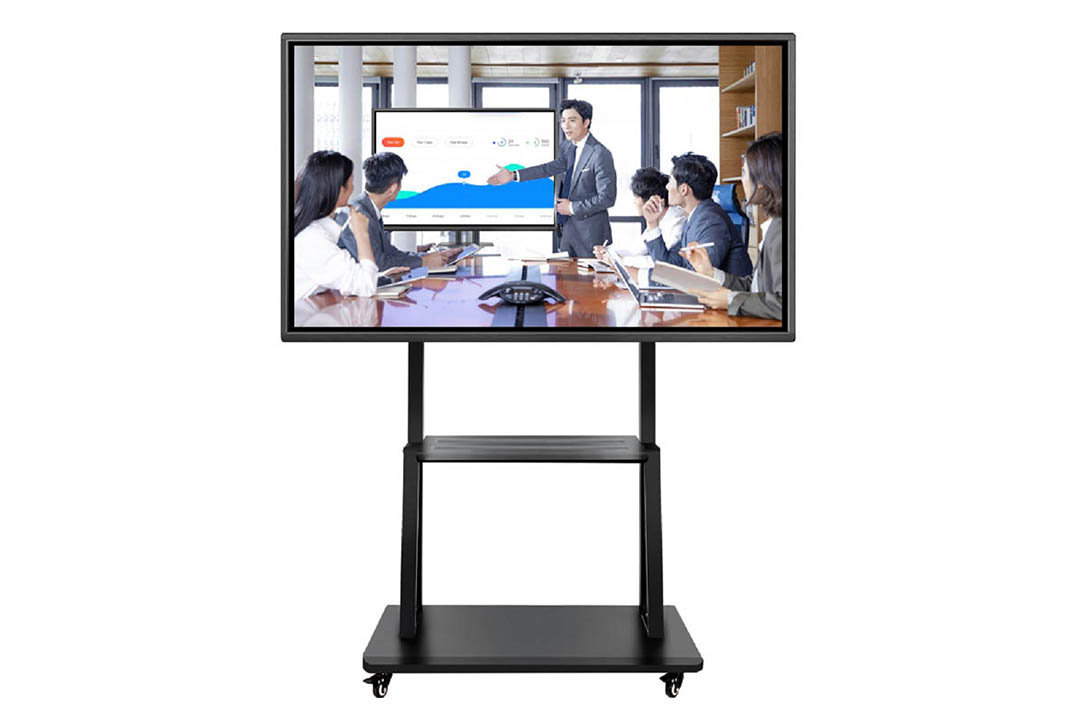
FVASEE LCD bar screen is the latest product independently developed and produced. Its main function is to control the terminal through remote encryption. No matter where you are, as long as a mobile phone,a tablet or a computer, you can control it through the corresponding information release system.Therefore, compared with the traditional LCD screen, the bar LCD screen can be customized according to the size of the shelf, and it can be perfectly integrated with the shelf without occupying the original product display space, with high definition, high luminous efficiency and high color saturation,and other characteristics,and can provide products with different brightness according to the customer’s use environment.
The main use of FVASEE liquid crystal characteristics:
- Relative temperature T: It must be ensured that within the required temperature range, the entire system is a nematic phase, and neither crystallization nor other phases, such as smectic, can appear;
- Dielectric coefficient Δε: adjust the size of Δε to meet the user’s requirements for threshold voltage;
- Optical anisotropy Δn: adjust the size of Δn to meet the user’s requirements for different cell thicknesses;
- Pitch P: an important parameter to determine the thickness of the box and the amount of chiral agent added.
Matters needing attention in the use of LCD
- The influence of ultraviolet light
Destroy the C-C bond, break the polymer C chain, and affect the above properties;
- The impact of containers
A good one to use is hard glass, a high silicon boron glass. The material of ordinary glass bottles is sodium glass, and the resistivity of liquid crystals stored in glass containers will decrease.
The liquid crystal of the LCD strip screen is well preserved: sealed, protected from light, dry, and room temperature.
- The influence of the environment
A small amount of conductive material is enough to reduce the resistivity, because the resistivity of the liquid crystal is 1011-1012Ω/cm2.
- The effect of temperature
Liquid crystals are less sensitive to temperature than to ultraviolet light. During use, try to reduce the heating time of liquid crystals as much as possible, and avoid heating to a higher temperature, such as 35 ℃ higher than the clearing point.






